Cordyline australis
£6.45
Description
Cordyline australis, known for its striking palm-like appearance, is a hardy tree that brings a tropical feel to gardens. With its arching, lance-shaped green leaves and dramatic white flower spikes, Cordyline australis is a fantastic choice for sunny borders, patios, or exotic garden spaces. To help you grow and care for your Cordyline australis, follow this comprehensive guide.
PLANTING and AFTERCARE GUIDE
Best Planting Time
The ideal time to plant Cordyline australis is in the spring when the soil begins to warm. This allows the plant’s roots to establish before the growing season. You can also plant it in autumn, giving the plant time to settle in before the colder months. Both seasons provide the right conditions for Cordyline australis to develop strong roots and thrive.
Site Selection
Cordyline australis thrives in full sun or partial shade. Choose a location that receives at least 6 hours of sunlight per day for the best results. This will encourage strong growth and vibrant foliage. Ensure the area has well-drained soil, as Cordyline does not tolerate waterlogged conditions. Adding organic matter such as compost will improve soil structure and drainage.
Planting Instructions
- Prepare the Hole: When planting Cordyline, dig a hole twice the width and depth of the root ball. This ensures enough space for the roots to spread and establish.
- Soil Preparation: Mix compost or organic matter into the soil to improve fertility and drainage. Cordyline benefits from nutrient-rich soil, helping it to grow vigorously.
- Planting: Place the plant in the hole, ensuring that the root ball is level with the surrounding soil. Backfill with soil, firming it down to remove any air pockets.
- Watering After Planting: Water generously after planting to settle the soil and encourage the roots to establish quickly. Be sure the soil drains well to avoid waterlogging.
Watering Requirements
Once established, Cordyline is moderately drought-tolerant. Water during dry periods, but ensure the soil drains well between watering. Overwatering can lead to root rot, so it’s important to allow the soil to dry out slightly before watering again. In the dormant season, reduce watering significantly, only giving the plant water if the soil becomes very dry.
Feeding
Cordyline benefits from occasional feeding. In early spring, apply a balanced fertiliser to support strong growth and the development of its stunning foliage. A light feeding in mid-summer will help maintain the plant’s vigour, but avoid over-fertilising, as it may encourage too much leafy growth at the expense of flowers.
Pruning
Cordyline australis requires minimal pruning. To maintain its shape and encourage new growth, remove any dead or damaged leaves. You can also prune away any flower spikes after they’ve faded to maintain the tree’s appearance. Cutting back any excess growth will help keep the plant looking tidy.
Mulching
Mulching around the base of your Cordyline is essential for retaining soil moisture and suppressing weeds. Use organic materials such as bark or compost in spring to help regulate soil temperature and moisture. In winter, apply mulch around the plant to protect the roots from frost and cold temperatures.
Supporting the Plant
Cordyline australis is a relatively low-maintenance tree and does not typically require staking. However, in particularly windy locations, you may want to provide additional support to prevent the tree from being damaged by strong winds. The sturdy, upright growth habit of Cordyline australis usually provides sufficient stability.
Final Tips
Cordyline australis is a fantastic addition to any garden, offering a tropical, palm-like aesthetic with minimal maintenance. By planting it in full sun or partial shade and ensuring the soil is well-drained, your Cordyline will thrive. Follow the care instructions in this guide, and you’ll be rewarded with stunning foliage and beautiful white flower spikes.
Additional information
| Pot Size |
|---|



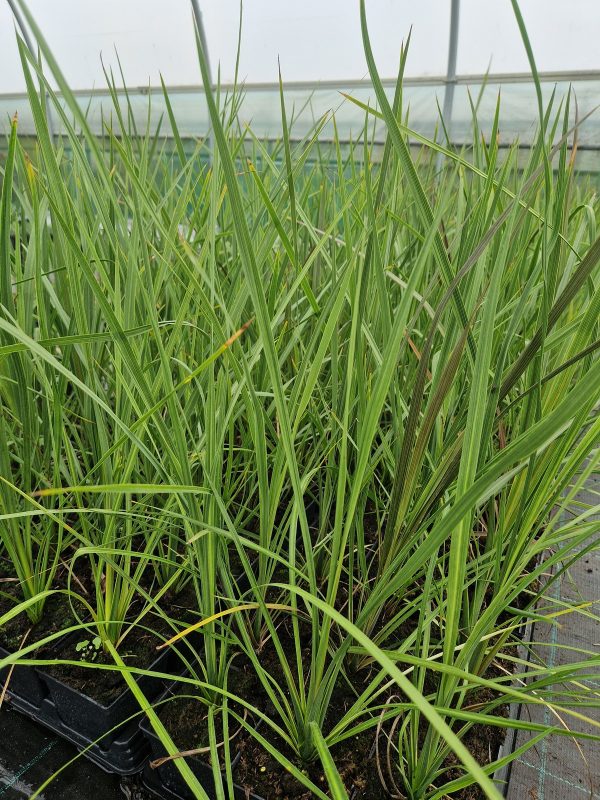
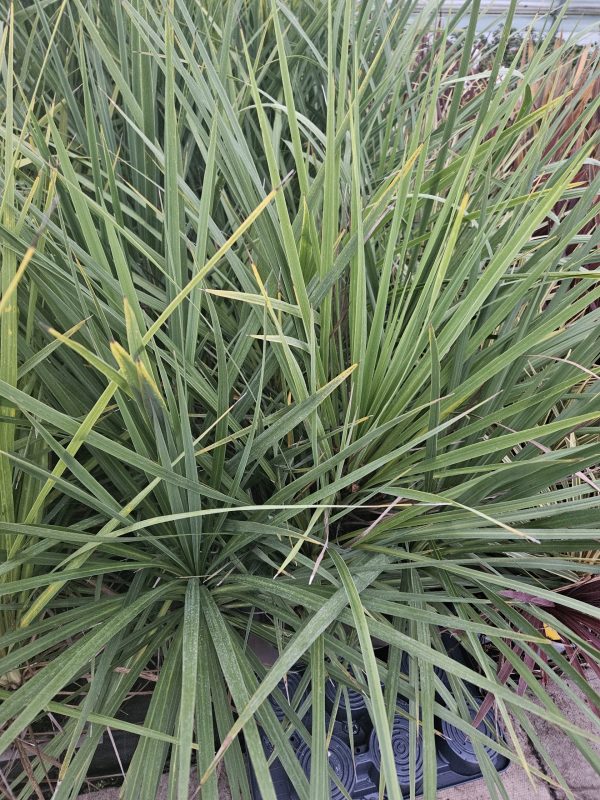
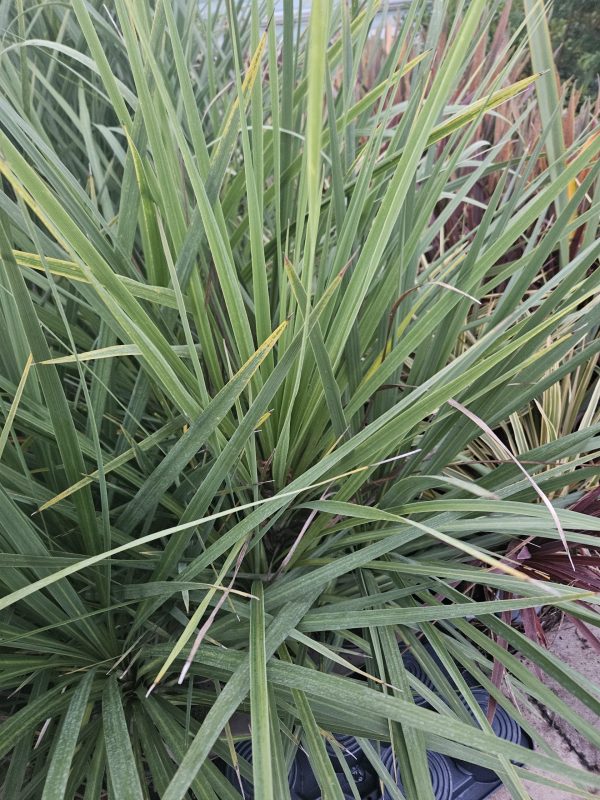
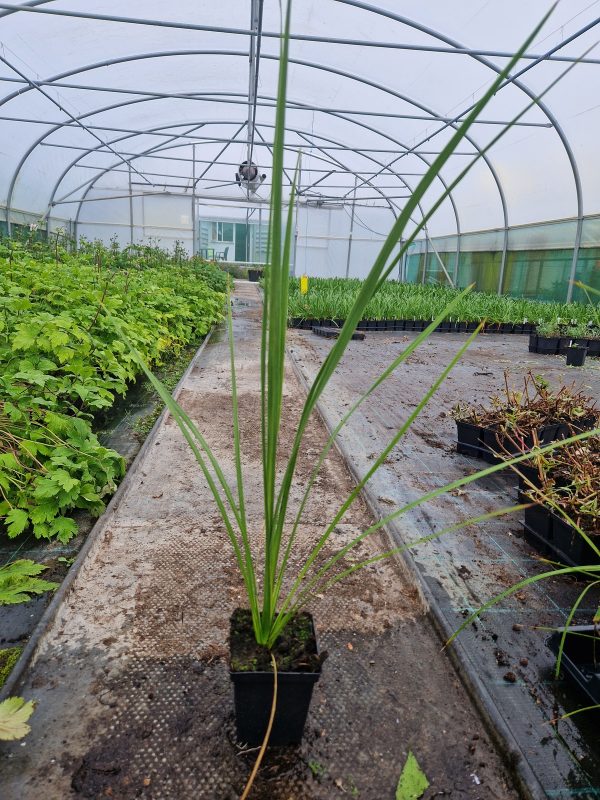
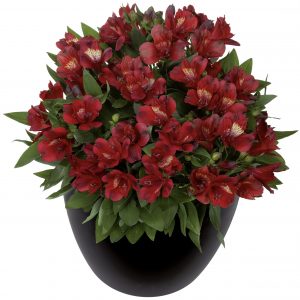
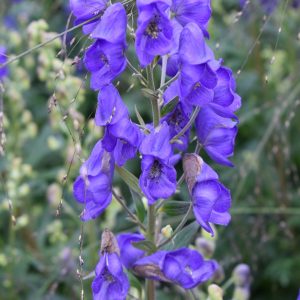
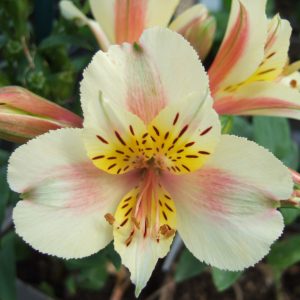
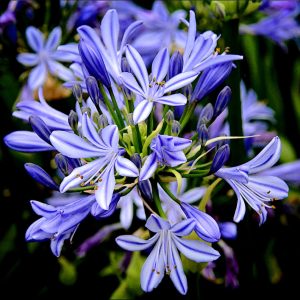
Reviews
There are no reviews yet.